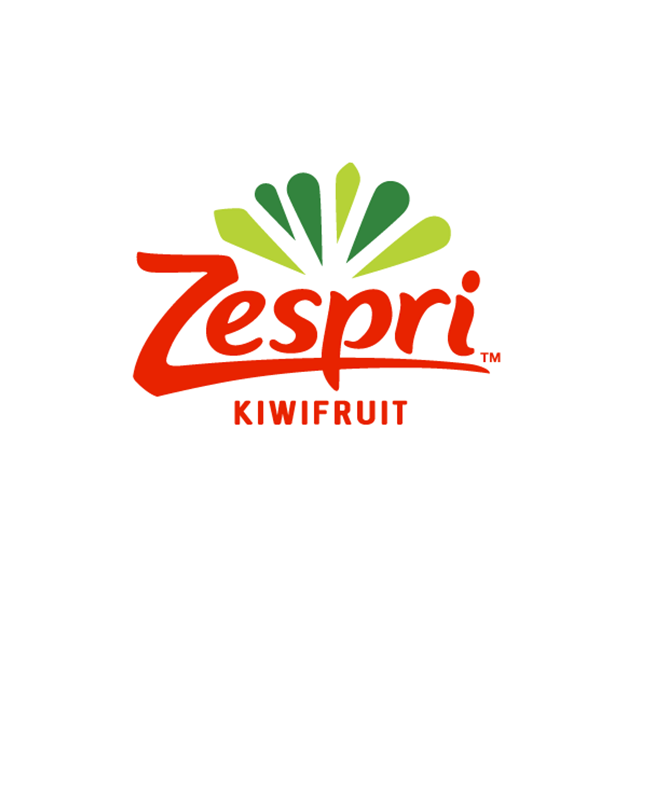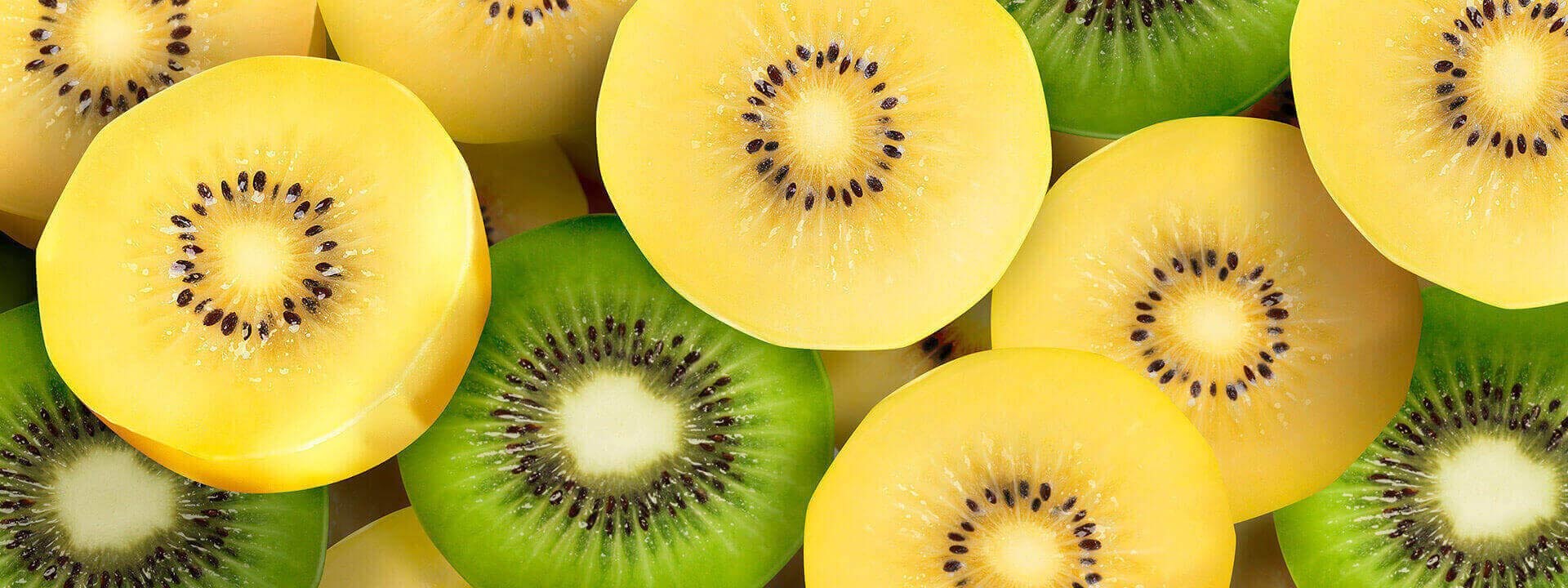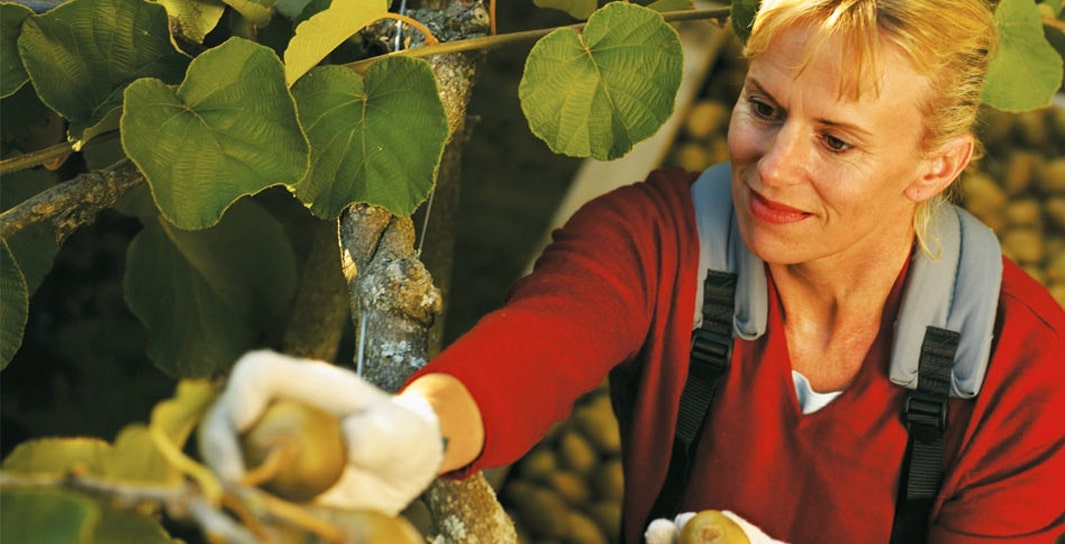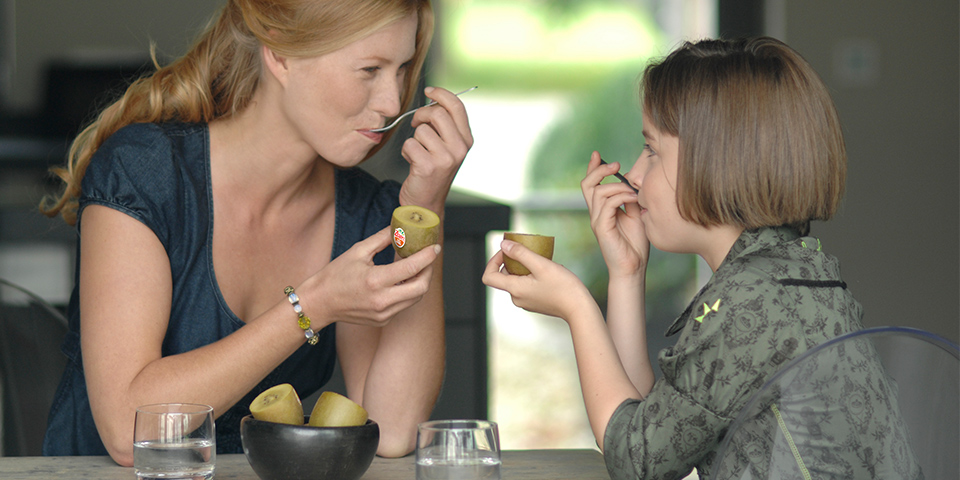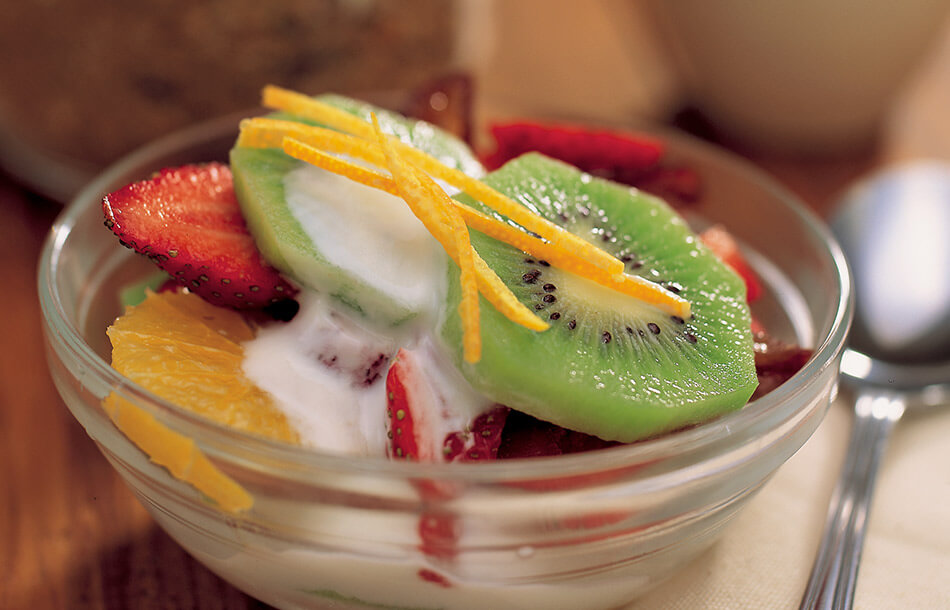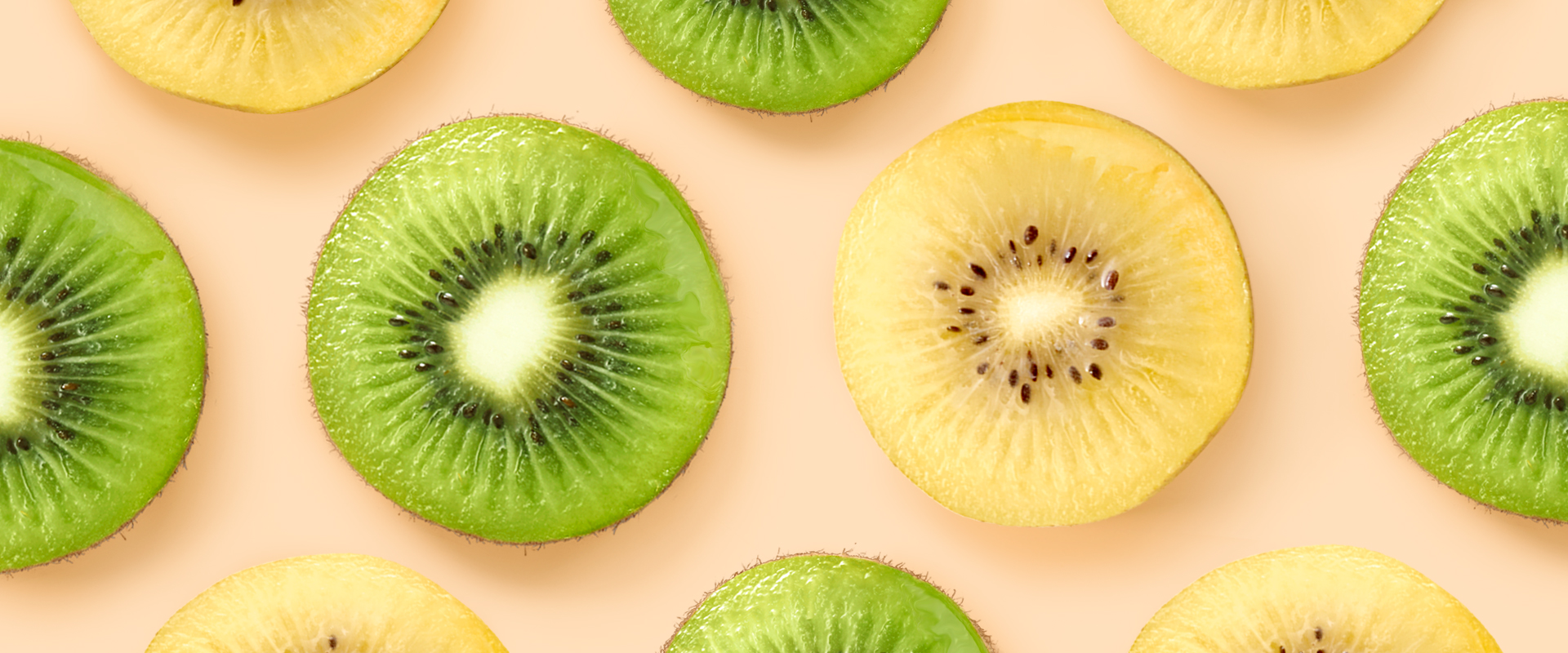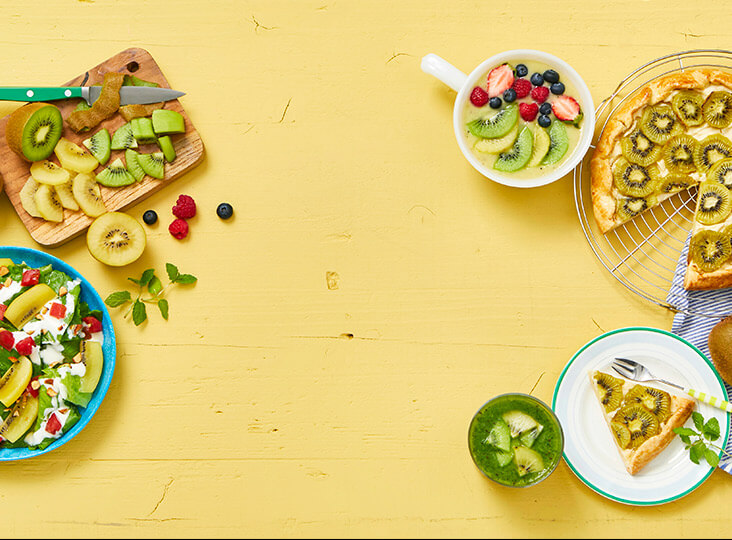DIFFERENCE BETWEEN GREEN AND GOLD KIWI
-
Did You Know
What’s the Difference Between Green and SunGoldTM Kiwifruit?
Vitamin C. Vitamin E. Folate. Potassium. Fiber. Electrolytes.
ZespriTM Kiwifruit have these vitamins and minerals, and much more, making it a delicious and nutrient-dense complement to your everyday diet. While green kiwifruit is the long-standing, well-known kiwi classic, here are some details about how it compares to its yellow fruit cousin — ZespriTM SunGoldTM
Appearance
Visually, you’ll see a fairly striking difference between our Green and SunGold™ varieties. The green kiwi has a fuzzy brown skin and oval shape. Gold kiwifruit, in contrast, has smooth, hairless skin that’s a nice golden-brown color.
Slicing the fruit in half reveals even more differences. Green kiwifruit has, as one would expect, a green flesh with black seeds. The flesh of our golden kiwifruit is a vibrant yellow color with a smaller core and fewer seeds.
Taste
ZespriTM grows for taste, so you can be sure you’re getting the best-tasting kiwifruit no matter what ZespriTM variety you choose! Our green kiwifruit has a fresh, tangy-sweet taste. ZespriTM SunGoldTM kiwifruit has a totally different taste than the green kiwifruit. The SunGold kiwi, which is unique to ZespriTM, has that tropically sweet taste. Some even say it tastes like a cross between a mango and a strawberry. Cutting in half and scooping out the flesh with a spoon is one of the easiest ways to enjoy them. Without the fuzz on the skin, some people are eating this sun-kissed variety just like they would an apple or a plum!
Even though you might see other yellow kiwis in the supermarket, only ZespriTM SunGoldTM has a sweet tropical taste, and a smooth hairless skin. Other golden kiwis that aren’t SunGold will have fuzz and more of a tangy-sweet taste.
Ripening and Storage
ZespriTM SunGoldTM is usually ripe and ready to eat when you buy it and gets sweeter as it softens. ZespriTM Green Kiwifruit can be firmer when purchased, so it is important to let them ripen at room temperature. A ripe kiwi should give to slight pressure like a peach or an avocado. Once kiwifruit is ripe, it can be kept in the refrigerator – about a week for Green Kiwifruit and about 2 weeks for SunGold Kiwifruit.
Want to slow down the ripening process? Simply keep your green or SunGold kiwifruit in the fridge, separated from other fruit. If you need to speed up the ripening process, all kiwifruit variants can be stored at room temperature, in a paper bag with other fruit — like bananas or apples.
Nutrition Benefits
This is one area where both varieties have a lot in common. Both are full of vitamins and minerals, making ZespriTM Kiwifruit a perfect choice for a healthful snack. Both ZespriTM Green and ZespriTM SunGold™ Kiwifruit have no fat, no cholesterol and no sodium. Kiwifruit are both a low Glycemic Index and a low FODMAP food.
Both our Green and SunGold™ kiwifruit are amongst the most nutritious fruits, but there are some slight differences in their nutrition:
Low-Cal. Here are some of their slight differences when it comes to nutrition: One serving (two kiwifruits) of Green has 90 calories, SunGold has 110. Green kiwis contain more potassium than a medium banana, while SunGolds have as much as a banana.
Vitamin E and Folate. While both are good sources of vitamin E, only Green kiwifruit is also a good source of folate.
Vitamin C. Zespri Green is an excellent sources of vitamin C, having more than an orange and covering a full day’s requirement and having more than an orange.Our SunGold™ variety has even more Vitamin C than Green — and three times more than an orange!
Fiber. While green has more fiber than gold kiwifruit, they both contain a rare combination of both soluble and insoluble fiber in quantities that rivals oatmeal and vegetables like Brussels sprouts!
We can talk about the differences between our ZespriTM Green and SunGoldTM kiwifruit all day. But don’t just take our word for it. Taste the difference for yourself!
